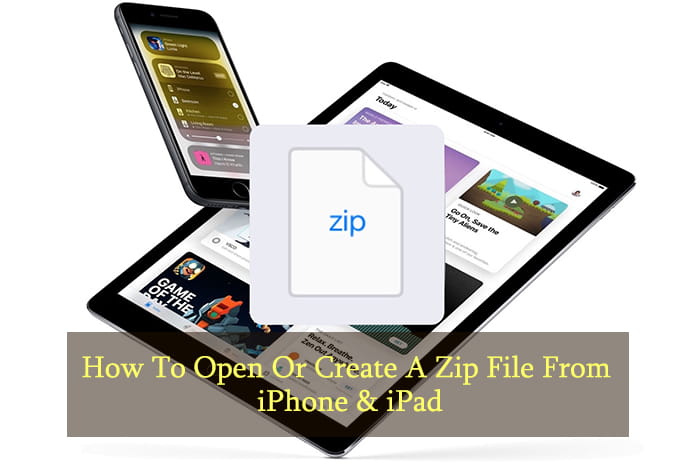Until relatively recently, a compressed .zip file on our iPhone or iPad was impossible to open if we did not go to a third-party app. Luckily, today files compressed in this format can be handled without problem on our devices, either to open or compress them from the Files app, but also from the download managers of our browsers. This tutorial will cover how to open and compress files in .zip format on our iPhone and iPad using the native tools that iOS and iPadOS 13 have.
Unfortunately, to work with compressed .rar files it is still not possible to do so without using an external app from the App Store. In any case, apps like iZip will allow us to manage these files without problems.
How To Open .zip Files Downloaded From The Internet
To start, in Safari, click on the link of the file you want to download. A pop-up window will appear and ask you if you want to download the file it links to, we will press “Download”.
In the case that we are working with Chrome, when we click on the link, a pop-up window will appear in which we will select “Open in …”, and then, in the list that will appear, we will go down to the bottom to select “Save in Records“. In Chrome in this step you can decide where you want it to be saved, in Safari it will be automatically saved in the “Downloads” folder of “Files”.
When the download is complete we must access the “Files” app, and as previously indicated to the “Downloads” folder in the case that we use Safari or to the destination folder that we have selected if we have downloaded the file using Chrome.
Once we have our downloaded .zip file located we simply have to click on it, and it will automatically unzip. The resulting files will appear in a new folder with the same name as the original .zip file. When opening it we will have all the content of the compressed file there.
How To Open A .zip File If We Receive By Mail
Although the file that we want to decompress is an attachment of an email (this is quite common to send several items as a single file by email) the process that we are going to follow is very similar. Once we have opened the email and we have the attached file, we will click on it so that an icon of the compressed folder is displayed full screen and we will click on “Preview content” again.
Automatically you can preview on the screen by sliding to the left and right the content that was inside that file and that the device can view, and clicking on the “Share” button you can save the one that interests you. On the other hand, if you prefer to see the content as a list, you can change the view to this by clicking on the “Table of contents” button, at the bottom right.
How To Create A Compressed .zip Folder On iOS & iPadOS
To start with this it is important to know that we need to have all the files that we want to compress in the same location within the “Files” app, so they must all be in the same folder in order to continue. Once you have this prepared the steps that follow are really simple.
Located in the folder that contains the files to be compressed, we are going to click on “Select” in the upper right corner, this will change the mode to the selection mode. Now we will click selecting all the files that we want to include in the compressed folder, or in the event that they are going to be all those in that location, we will click on “Select all” in the upper left corner. Once all the files to be compressed are selected, we are going to click on the “More options” button, which is a button in the lower right corner that is represented as a circle with three points inside. Pressing will open a drop-down that will say “Copy” or “Compress”, we will select “Compress”. Automatically a new folder will appear in this location with the name “File” that will contain all the elements that we have selected to be compressed in .zip. Now if we want we just have to change the name to one of our choices and we would already have our compressed folder.
This function of being able to compress files is really useful when it comes to sharing them by whatever means since it allows us to put different types of files together into one and transfer them as a whole block.
Also Read: iPhone 12: The Apple Smartphones Are So Fast, Challenging, & Environmentally Friendly


